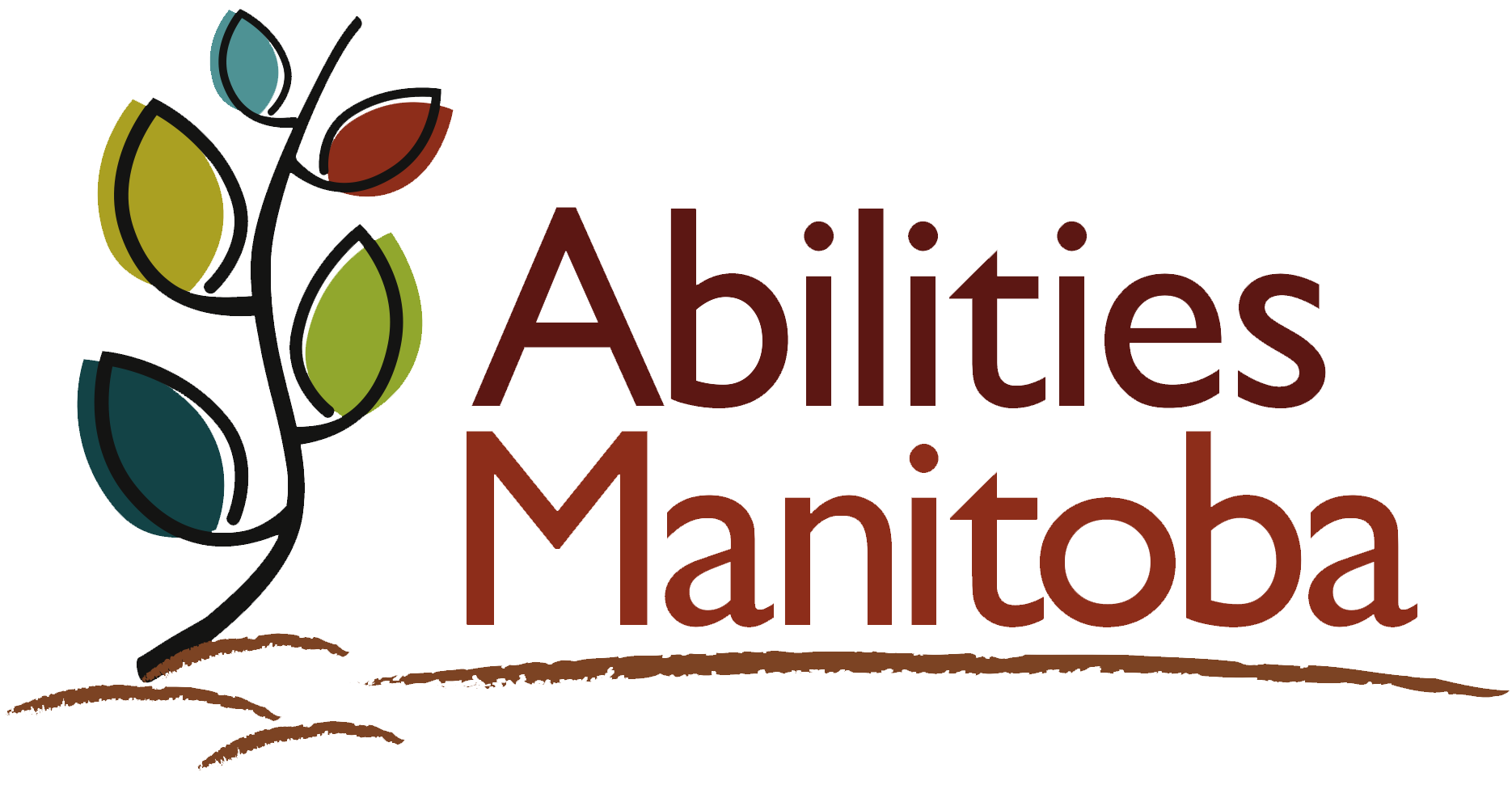Documents authored by Abilities Manitoba are available in alternative formats. For other shared documents and resources, please contact the original author. If you require any assistance please contact us and we will do our best to accommodate you.
You can contact us at admin@abilitiesmanitoba.org or 431-688-6108.
Leading Practice Guidelines
Emergency Measures
Type: Wellbeing
Guideline: The organization has comprehensive plans developed, maintained and communicated that guide staff and the people they support in the case of relevant emergencies.
What does this look like?
The organization has emergency plans in place for the type of emergencies that are most likely to occur in the geographic area where service is provided. These may include:
- Flooding
- Tornado
- Fire
- Mmissing person
- Water contamination
- Winter storm
- Power failure
- Violent visitor or intruder
- Chemical spill
- Bomb threat
- Situations involving harm or violence, or the threat of harm or violence
The organization develops emergency plans that address:
- Coordination with appropriate local, provincial, and federal governmental authorities;
- Coordination with emergency responders;
- Coordination and communication with people served;
- Evacuation of people with mobility needs;
- Accounting for the whereabouts of staff and people served; and
- Alternative options for relocating people as needed.
Drills are conducted that are realistic and occur at different times. Drills provide opportunities to test the effectiveness of emergency plans, monitor skill acquisition and practice responses to emergencies.
Staff and people served are trained and informed of emergency plans. Families are informed about the plans and the contact they can expect during an emergency.
How would you know this is happening? (Evidence)
What you see in systems:
- Written emergency plans are available.
- There are up-to-date records of completion of emergency procedures, evacuation drills and training.
- Required information and equipment is available and up to date.
What you see in actions:
- People are aware of what to do in an emergency and feel confident that they will be safe.
- Staff are confident and competent about their roles and responsibilities during an emergency.
